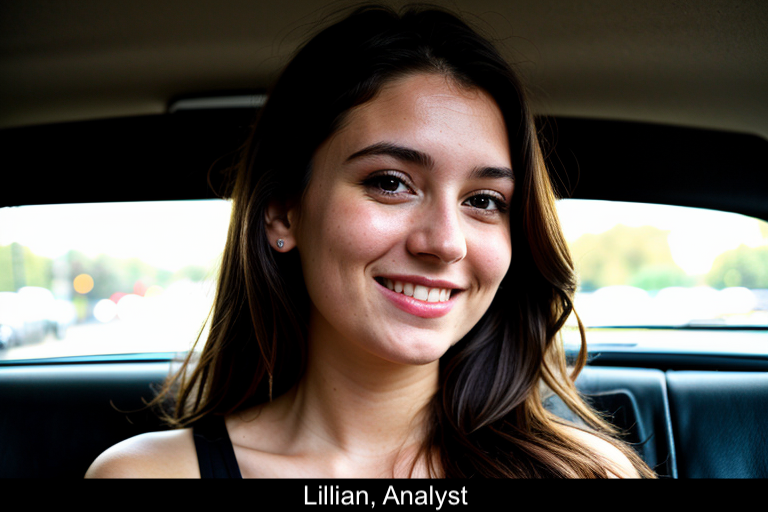The recent tragic events in New Orleans surrounding the Sugar Bowl have highlighted a profound interplay between community resilience and public safety in the wake of violence. The Sugar Bowl, an annual American football event that draws thousands of fans, took place shortly after a harrowing attack that left 14 people dead and many more injured. While the devastation from such events can bring a city to its knees, the spirit of New Orleans, steeped in culture and community, underlines the importance of unity and recovery.
The Sugar Bowl’s games are a staple in the culture of American college football, and like many cities known for its vibrant celebrations, New Orleans faced a tumultuous response to the tragedy. Having completed its traditional festivities on New Year’s Day, the Sugar Bowl matchup between the University of Notre Dame and the University of Georgia was delayed but not canceled—signaling a communal resolve not to let terror dictate their actions.
In the grand scheme of event planning and crowd management, the events in New Orleans serve as a podium for reflection on security measures. The strategies employed by the authorities during the Sugar Bowl illustrate an optimistic outlook towards public safety, even amid distressing circumstances. Enhanced security efforts, including visible police presence and physical barriers to safeguard crowds, reassured attendees and allowed celebrations to continue, albeit with a somber undertone.
The immediate aftermath of the attack brought out stories of survival, hope, and community solidarity. Fans, some directly affected by the incident, congregated to honor those lost while rallying around their teams, wearing their school colors and voicing support for one another. A poignant moment of silence before the kickoff underscored a shared grief and remembrance, transforming a customary sporting event into a powerful demonstration of unity against fear.
Importantly, this event also reflects broader societal issues, including discussions around mental health and trauma recovery after such violent occurrences. The shared sentiment among many participants was that the event provided a necessary distraction, allowing individuals not only to celebrate the sport but also to reaffirm their connection to a beloved city that has witnessed resilience in the face of numerous challenges in the past—from natural disasters to crime.
While the vibrant culture of Bourbon Street and its local businesses faces unpredictability in the days following the tragedy, the spirit of resilience was evident. Merchants, performers, and local personalities, like Master P, emphasized the necessity of moving forward, reinforcing the idea that despite the darkness, the community’s heartbeat must prevail. They echoed the thoughts of many locals, who remained confident that New Orleans would bounce back, as it has consistently demonstrated through its tumultuous history.
However, some caution must be employed as well. Gathering large crowds, as seen during Sugar Bowl festivities, can create vulnerabilities where safety concerns reign. Cities hosting sporting events must prioritize robust security measures and develop comprehensive plans to manage emergencies. Engagement with public safety agencies and mental health support services is critical to bolster community confidence, ensuring that individuals feel safe while immersed in their social traditions.
Moreover, as we navigate this aftermath, it is vital to examine the societal implications of such attacks. These tragic occurrences can fuel cycles of fear and division within communities. A community’s ability to foster dialogue around healing, inclusivity, and collective strength will play a pivotal role in countering these narratives. Continuous efforts to promote peace and neighborhood solidarity are necessary both in the short and long term.
In summary, while the recent New Year’s attack devastated lives and ignited fear, the Sugar Bowl provided a platform to celebrate life, resilience, and community. The road ahead may require work and commitment, but New Orleans has shown time and again that the vibrancy and strength of its people can rise above trauma. The return of normalcy, as reflected in the game’s festivities, makes it clear that the spirit of New Orleans will not easily be extinguished. As we reflect on this incident, it becomes crucial to focus on healing, community support, and robust security frameworks to safeguard the future of public gatherings and maintain the beloved culture embodied by such events. Individuals traveling to or residing in the area must stay informed about ongoing community safety initiatives and support the efforts of local businesses as they recover and continue to cultivate their rich cultural heritage. By acknowledging the past while building a foundation for a safer and more unified future, we help ensure that both New Orleans and its extraordinary community spirit endure.




